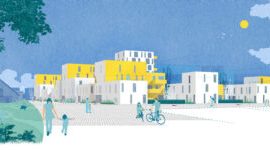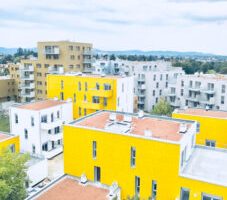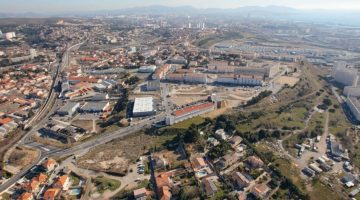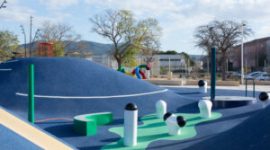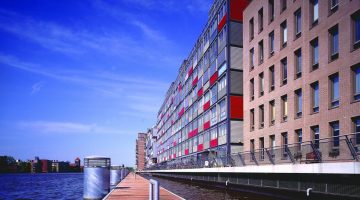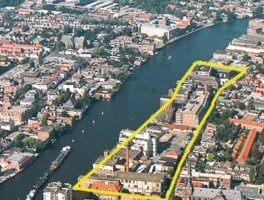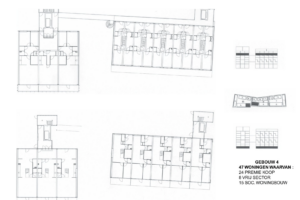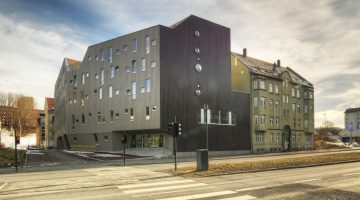



Trondheim, Norway
Main objectives of the project
Date
- 2022: Construction
Stakeholders
- Architect: Murado & Elvira Architecture
Location
City: Trondheim
Country/Region: Norway, Trondheim
Description
Teknobyen – Student housing in Throndheim (NO) The project unifies situations of extreme intimacy with those of extroversion and collaboration. A room is a powerful mechanism that allows the expansion of the identity, self-recognition and reaffirmation, interchange and negotiation. One’s own space is a laboratory where to test abilities that later will be experienced in every act of social interaction. Teknobyen student’s housing proposes the compression, transfer and conditioning of the relational capacities of urban space. It understands the program of necessities as a powerful design tool and key factor to improve the way we live and relate to each other.
Assuming the existing urban conditions, the student housing detaches as much as possible from the surrounding buildings and shapes its volume in order to extract potential from the views and sun. Open-air terraces are spread around the building. Through them, students can experience ourside conditions and relate with the city and the far views.
The core of the building contains a multipurpose lounge with no hierarchy, or spatial definition, in which different ambiances are located. It is a mixed-use two-story hyperlounge an unregulated mixing chamber of possible actions. Room floors surround this lounge.
Students share this flexible lounge and a self managed ‘ultrakitchen’, and experimental space conceived for the use and enjoyment of 116 students at the same time, a 24/7 sort of social sustainability condenser. In order to stress a local initiative that intends to promote Trondheim as a wood-friendly city, and also seeking new challenges about wood use in large buildings, the entire exterior volume of the buildings is cladded with fir (pine) wooden planks, displaying different treatments, compositions and layouts.
Thus, the building assumes a very tight budget, neglecting the use of sopbhisticated material solutions and embracing common and traditional technology, but applying in a contemporary way. Although it is technically modest, it is performatively ambitious.
Sustainability Co-Responsibility devices are implemented in order to share the energetic and waste management.
Instead of ans isolated and self-referential object, the result is an unassuming building that sets a dialogue with the city and its codes, focusing on the creation of a collective experience and in a sense of social responsibility.
The building has been nominated to the Norwegian National Building Prizxe in 2012 and has won the Trondheim Kommune Energy Saving Prize.


